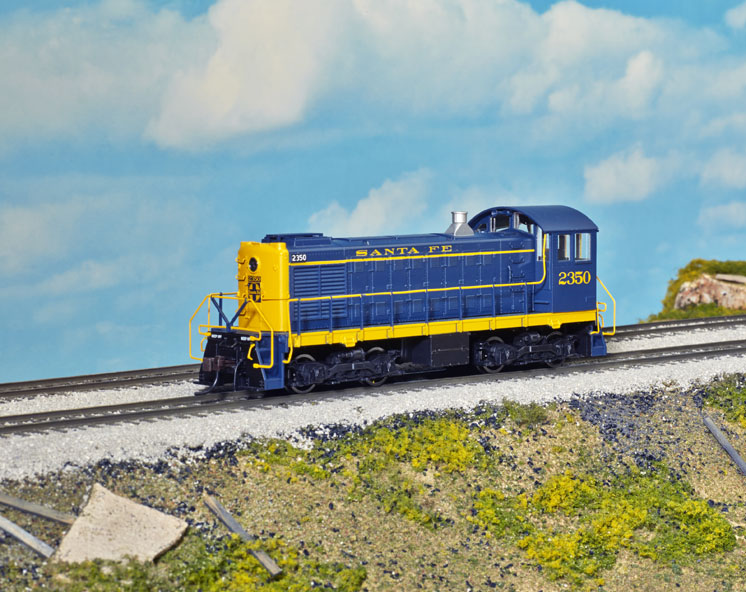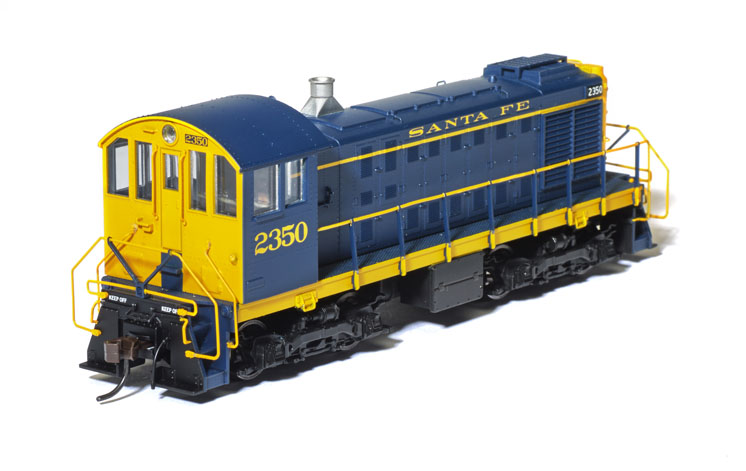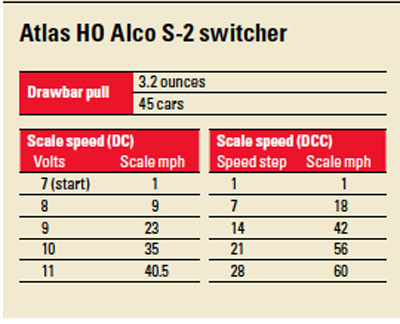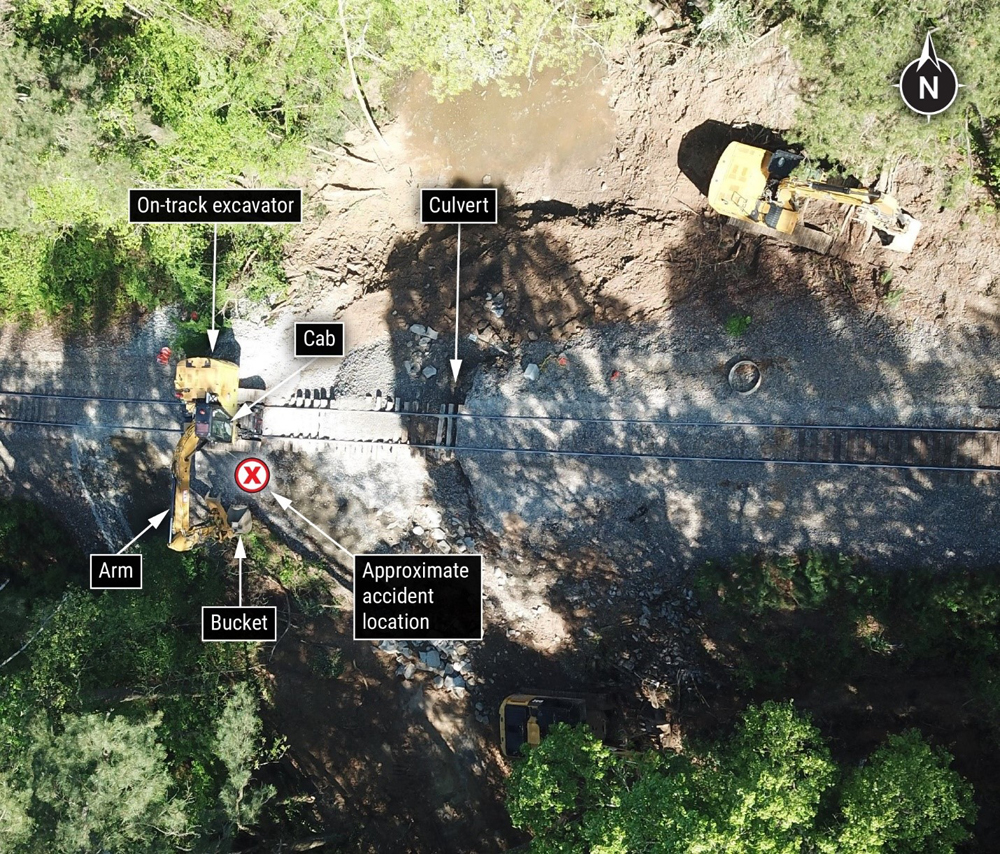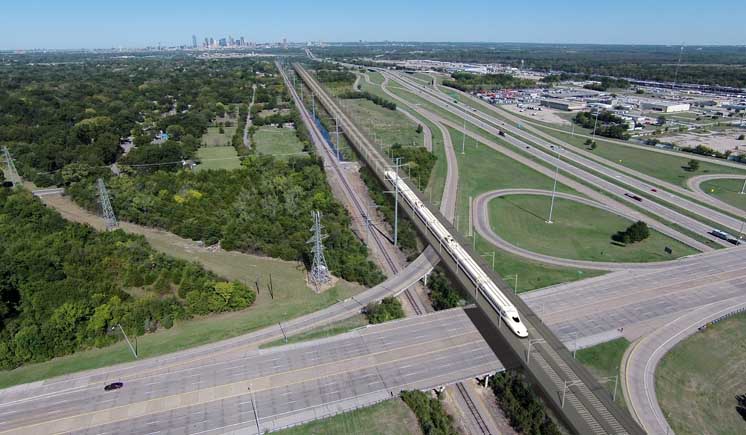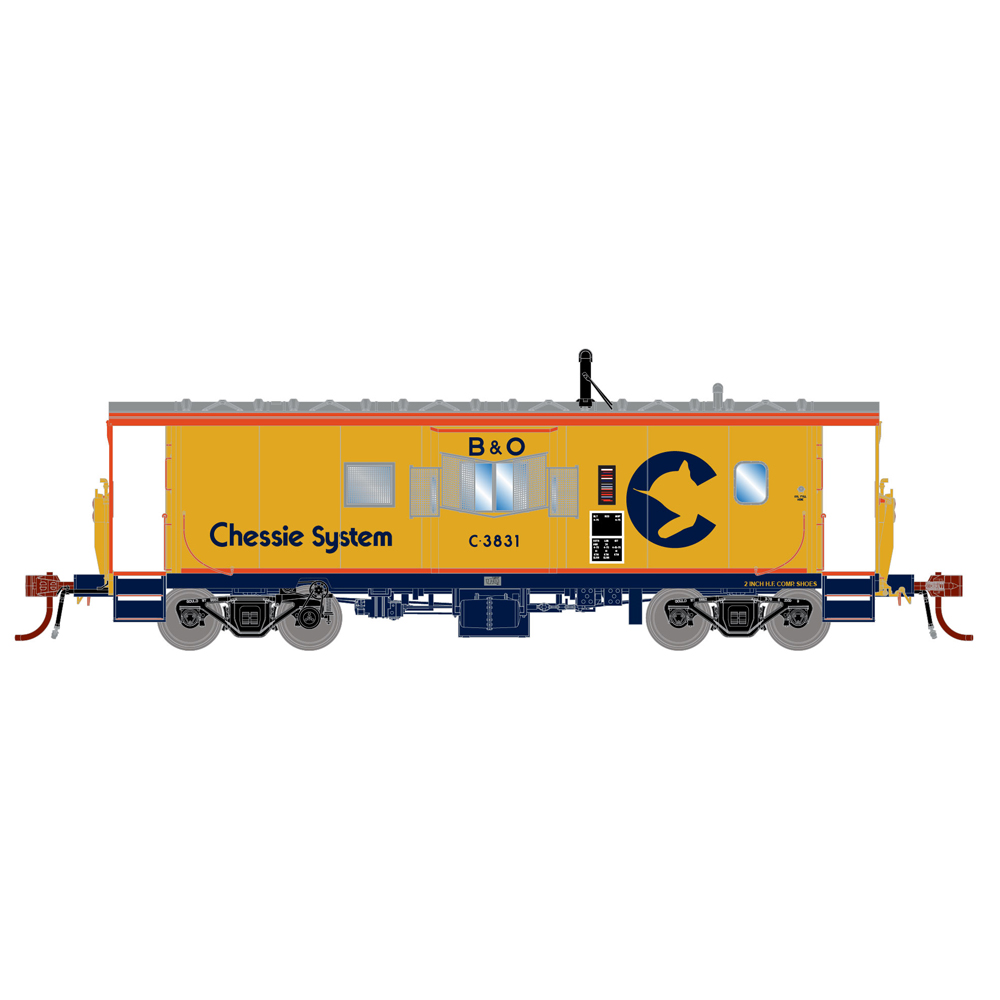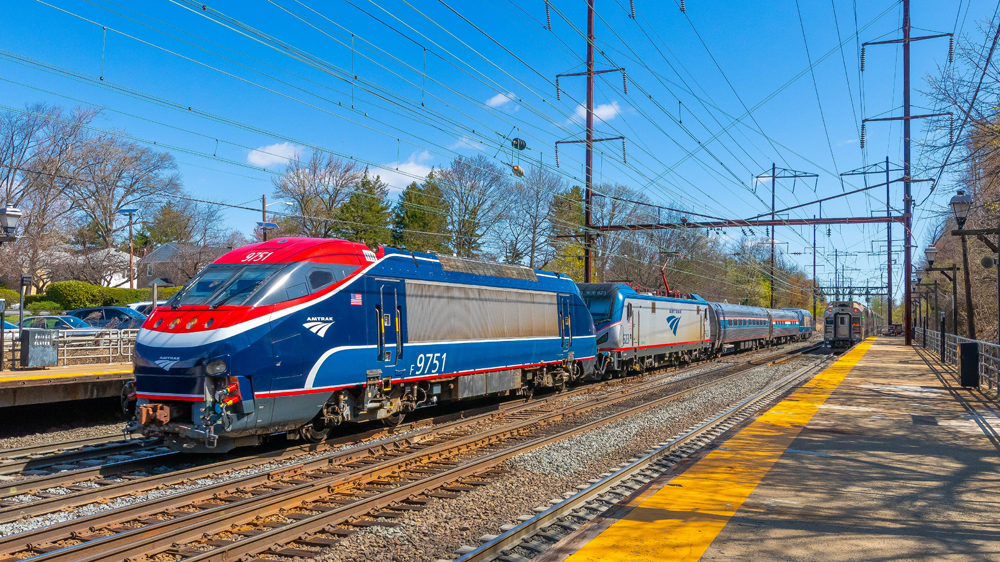With a metallic fluttering sound of pistons and turbocharger, Atlas’ Alco S-2 chattered to life on the test track. All that was missing was a belch of smoke as the locomotive started to creep forward tie by tie. The dual-mode ESU LokSound Select sound decoder adds a pleasing dimension to this newly tooled switcher.
The prototype. Alco began building the S-2 in 1940. Before these locomotives, Alco’s diesel switchers all had a high hood, which limited visibility forward. When Electro-Motive Division and Baldwin Locomotive Works came out with their lines of low-hood switchers, Alco knew it had to act. By modifying its Model 538 engine so it could be mounted lower in the locomotive frame, Alco could build a switcher that offered a 360-degree view like its competitors.
The S-2 was fitted with a McIntosh & Seymour Model 539T engine, revised from the earlier Model 538. The S-2’s engine was turbocharged and produced 1,000 hp. The locomotive rode on 8′-0″ wheelbase Blunt trucks and was 45′-5 3⁄4″ long over the couplers. Between 1940 and 1950, 1,502 S-2s were built by Alco and subsidiary Montreal Locomotive Works. The S-2 was replaced by the S-4, which looked essentially the same, except for the use of American Association of Railroads type A switcher trucks.
Our model has horizontal radiator shutters. Atlas also offers a version with vertical shutters. The plastic hood snaps into a die-cast metal chassis that includes diamond-tread walkways.
Handrails and end rails are molded in flexible plastic. The railings are painted yellow and the stanchions are blue. Paint coverage where the stanchions attach to the frame is a little thin, with some blue showing through the yellow paint. Otherwise, the paint and lettering are sharp and opaque. Separate detail parts include hand grabs, piping on the sides of the hood in front of the cab, a bell and horn, and a walkway above the radiator fan outlet on the top of the hood, which isn’t found in prototype photos of Santa Fe S-2s.
Under the hood. A five-pole, skew-wound motor with dual flywheels is mounted in the center of the die-cast metal frame. It drives both trucks through universal joints. The model’s printed-circuit (PC) board snaps onto the top of the motor mounts, and the ESU LokSound Select decoder plugs into a 21-pin socket on the PC board.
A downward-facing speaker is mounted over the front truck. The trucks are fitted with blackened metal wheelsets that are in gauge and have a National Model Railroad Association RP-25 contour. All wheels pick up current. Accumate knuckle couplers are screw-mounted at the correct height in coupler boxes at the ends of the frame.
On the test track. Our sample Alco S-2 was equipped with an ESU LokSound Select sound decoder. I started testing this dual-mode decoder on DC power. At 5V, the lights came on and the sound of the Model 539T six-cylinder engine could be heard starting up. At 7V, the engine revved up, and the locomotive started to creep forward at 1 scale mph. At 12V, the model topped out at 60 mph, plenty fast enough for a switcher.
In DC, all sounds are automatic. The engine speed notches up as the locomotive accelerates. A brake-squeal sound effect is activated just as the locomotive comes to a stop. Atlas says DC users need an MRC Tech 6 or similar device to activate horn and bell sounds. On its website, www.atlasrr.com, Atlas notes that the Atlas Quantum Engineer will not operate an Atlas locomotive equipped with an ESU LokSound Select decoder on an analog (DC) layout.
In DCC, the model started moving at 1 mph in speed step 1, reaching 60 mph in speed step 28. The LokSound Select sound decoder allowed me to control all of the usual sounds of horn and bell, and it offers 16 different horn sounds. After trying a few out, I returned the model to its default Nathan single-chime horn.
In addition to sampling the various horn sounds, I changed the address of the locomotive to match its road number, 2350, using an MRC Prodigy Advance Squared DCC system.
While testing the locomotive on the layout, I took advantage of the yard mode feature, which dropped top speed by half. I could also use functions 9 and 10 to manually notch engine sounds independently of the locomotive speed.
Atlas’ Alco S-2 thrummed along, pushing and pulling 20-car cuts in the yard, through no. 6 turnouts and crossovers without missing a beat.
With sharp details, smooth operation, and accurate sound, the Atlas Alco S-2 was a pleasure to run. If you’re in the market for a switcher, be sure to give this S-2 a look.
Price: $149.95 and $154.95 (direct current, no sound), $259.95 and $264.95 (with Digital Command Control sound decoder)
Manufacturer
Atlas Model Railroad Co. Inc.
378 Florence Ave.
Hillside, NJ 07205
Road names: Atchison, Topeka & Santa Fe; Alaska RR; Boston & Maine; Canadian National; Canadian Pacific; Central Vermont; Denver & Rio Grande Western; Erie, Lackawanna; Grand Trunk Western; Great Northern; Lehigh Valley; Milwaukee Road; Pennsylvania; Seaboard Coast Line; Susquehanna; Union PacificEra: 1940 to mid-1970s (as decorated and detailed)
Features
▪▪8-pin and 21-pin DCC sockets
▪▪Five-pole skew-wound motor with dual flywheels
▪▪Accumate knuckle couplers at correct height
▪▪Directional LED lighting
▪▪Horizontal or vertical radiator shutters as per prototype
▪▪ESU LokSound Select dual-mode decoder (DCC version)
▪▪Redesigned truck frames with separately applied detail
▪▪Weight: 10 ounces





